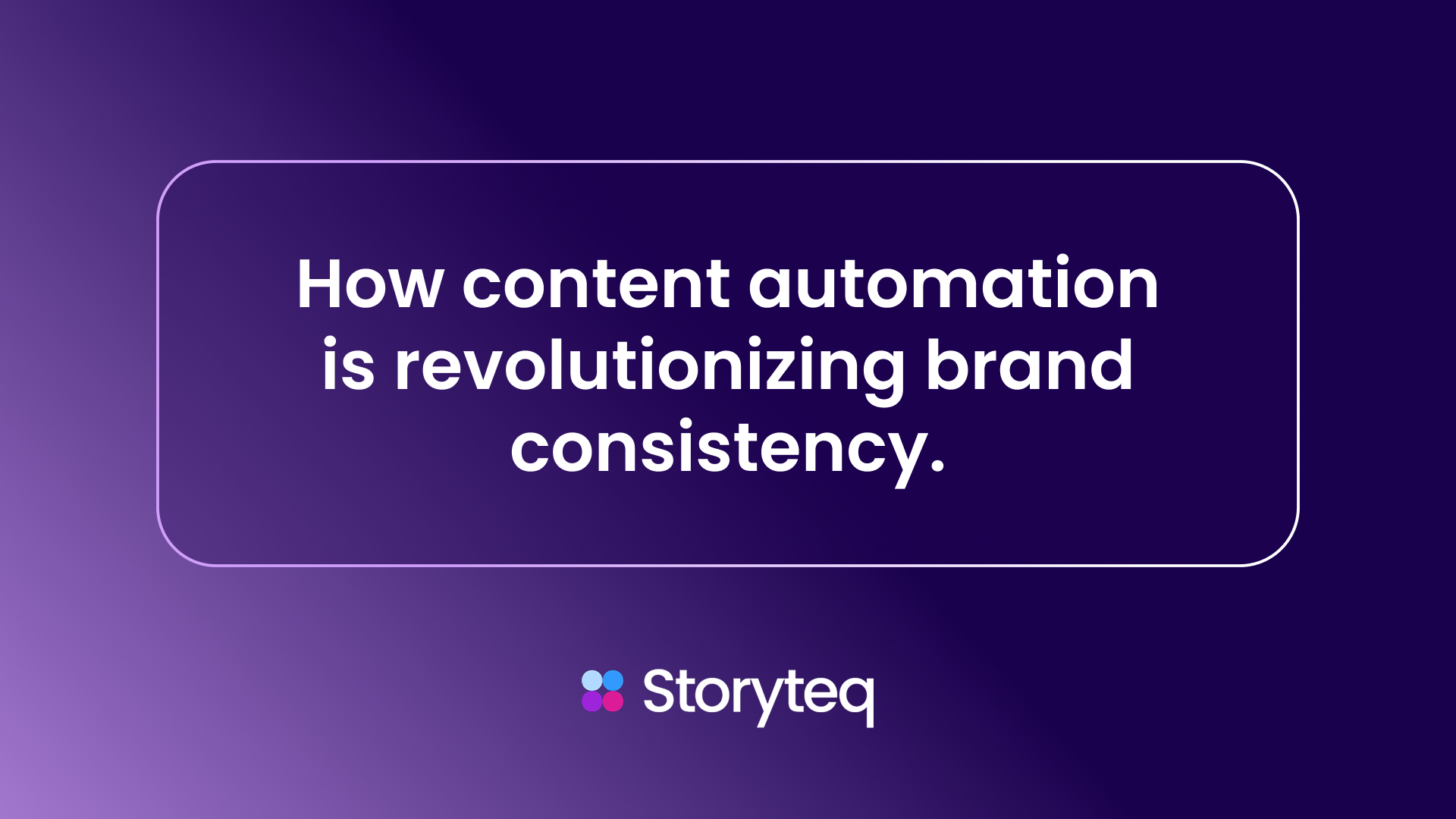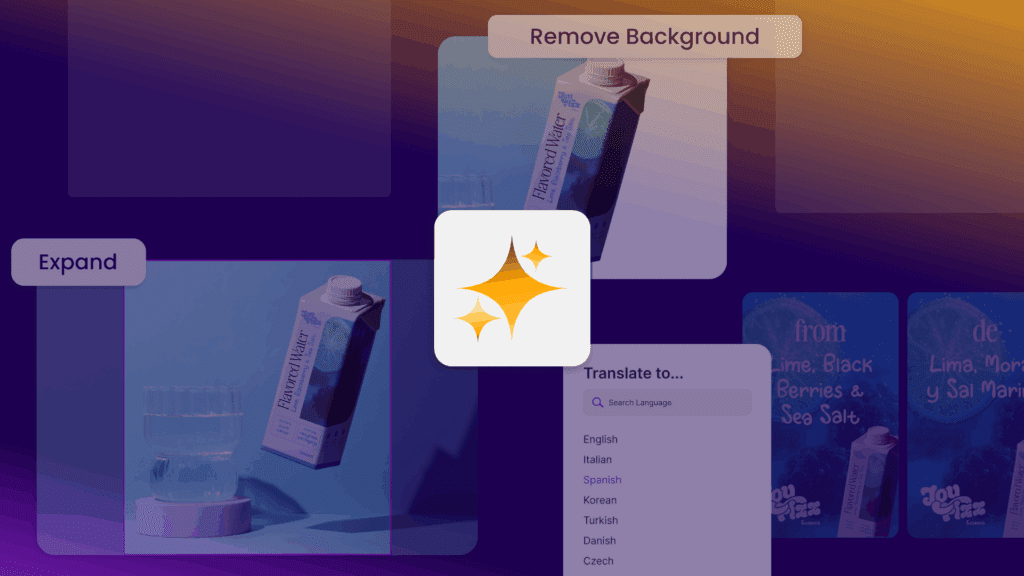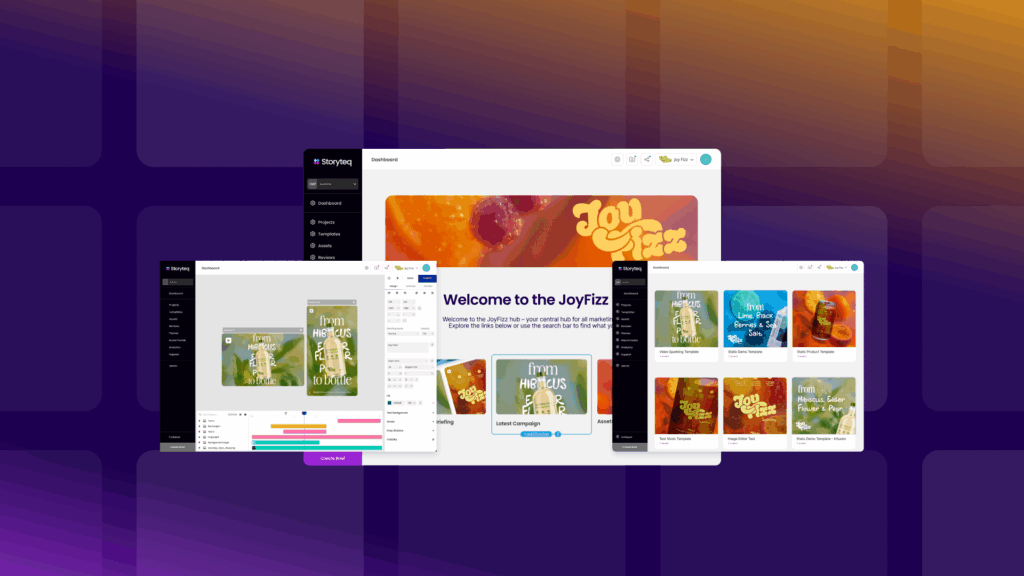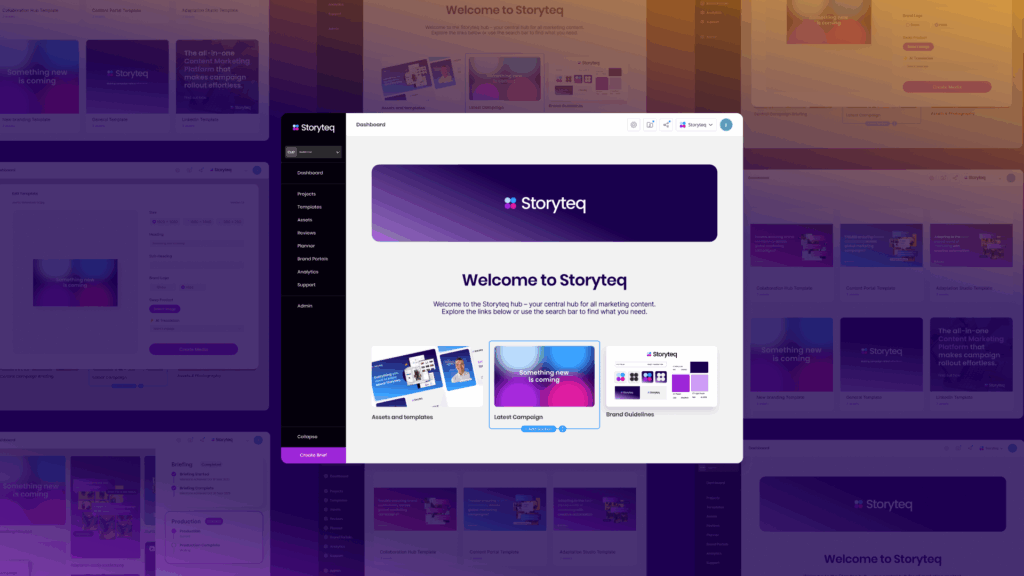What Is Content Automation? Understanding the Foundation of Modern Brand Management
In today’s multi-channel marketing environment, content automation refers to technology-driven systems that streamline the creation, management, and distribution of marketing assets across platforms while maintaining consistent brand standards. This approach fundamentally transforms how marketing teams produce content at scale, replacing manual, time-consuming processes with efficient, template-driven workflows.
Unlike traditional content creation methods that rely heavily on manual design work for each asset variation, automation platforms enable marketers to create thousands of on brand variants from a single template. This shift represents a fundamental evolution in how brands manage their digital presence across channels, markets, and campaigns.
At its core, content automation separates creative development from production work. Designers create dynamic templates with variable elements that can be adjusted automatically, while marketers can generate variations without requiring design expertise for each iteration. This separation empowers both teams to focus on their strengths while leveraging powerful content marketing platform capabilities to maintain consistency.
Why Brand Consistency Matters in the Digital Landscape
Brand consistency creates recognition, builds trust, and ultimately drives conversions. When your visual identity, tone of voice, and messaging remain cohesive across all touchpoints, customers develop stronger associations with your brand, leading to increased loyalty and engagement.
The fragmentation of digital channels has made maintaining brand consistency increasingly challenging. With content needed across websites, social platforms, digital advertising, email marketing, and mobile applications, even minor inconsistencies can significantly impact brand perception.
Inconsistent branding doesn’t just create confusion—it erodes trust. When customers experience different versions of your brand across channels, they question which one represents the authentic you.
Research demonstrates that consistent brand presentation can increase revenue by up to 23%. Despite this, many marketing teams struggle with disjointed workflows, fragmented asset storage, and manual production processes that make consistency difficult to achieve. These challenges have accelerated the adoption of marketing automation platforms that specifically address brand consistency issues.
| Consistency Challenge | Impact on Brand Performance | Automation Solution |
|---|---|---|
| Visual inconsistency across channels | Reduced brand recognition | Template-based asset generation |
| Inconsistent messaging | Customer confusion | Centralized content libraries |
| Slow localization processes | Market-specific inconsistencies | Automated localization tools |
| Outdated brand assets in circulation | Diminished brand authority | Digital asset management integration |
How Content Automation Transforms Brand Consistency
Content automation platforms create the infrastructure needed for consistent branding through several key mechanisms. First, they provide template-based systems where brand guidelines are encoded directly into the template architecture, ensuring every asset adheres to established standards regardless of who creates it.
These systems typically integrate with digital asset management solutions to maintain a single source of truth for approved brand elements. When a logo, colour palette, or typography changes, these updates can be implemented across all templates simultaneously, eliminating the risk of outdated assets remaining in circulation.
Another transformative aspect is the standardization of approval workflows. Content workflow automation ensures that all assets pass through appropriate review stages before publication, creating accountability and maintaining quality control. These structured processes significantly reduce the likelihood of off-brand content reaching your audience.
The underlying principle connecting these mechanisms is that automation removes human variability from production tasks while preserving human creativity where it adds the most value. By systematizing repetitive elements of content creation, automation creates a consistent ecosystem where brand guidelines are followed by default rather than requiring constant vigilance.
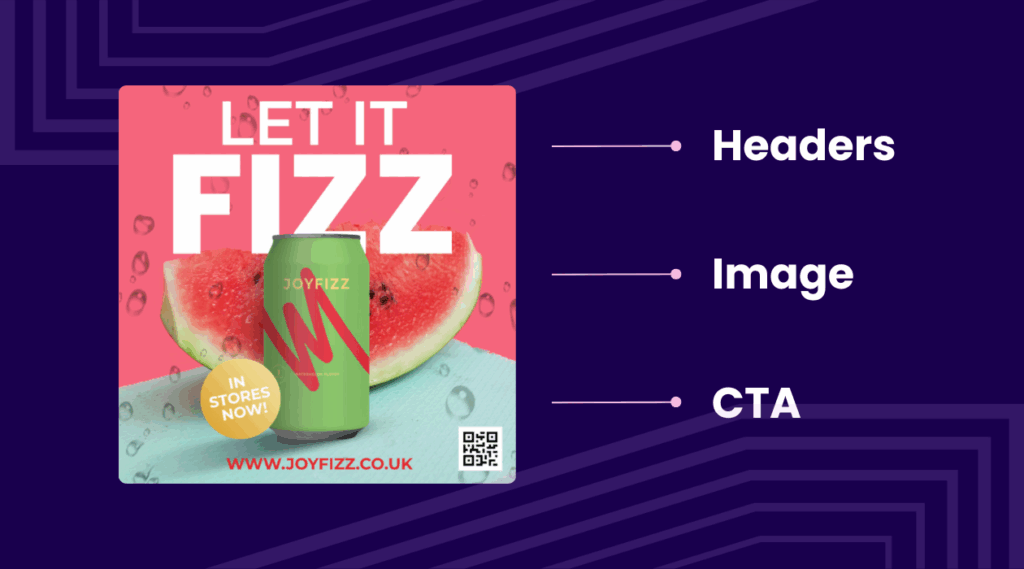
Implementing a Marketing Automation Platform: A Step-By-Step Approach
Successfully adopting content automation requires a methodical approach that begins with a thorough assessment of your current processes. Start by auditing your existing content creation workflows, identifying bottlenecks, repetitive tasks, and consistency pain points that could benefit from automation.
Once you’ve mapped your current state, establish clear objectives for implementation. Are you primarily focused on improving speed to market, enhancing quality control, or scaling content production? These goals will inform your choice of platform and implementation strategy.
- Audit current content processes and identify automation opportunities
- Set measurable goals for implementation (time savings, consistency metrics)
- Select a platform that integrates with your existing technology stack
- Develop templates for your highest-volume content types
- Train teams on new workflows and system capabilities
- Measure results against baseline metrics and refine approach
Integration with existing tools is particularly crucial for seamless adoption. The ideal marketing automation platform should connect with your design software, digital asset management system, and distribution channels to create a unified ecosystem for automated content creation.
Or, you can adopt an end-to-end content marketing platform like Storyteq, which helps you effortlessly plan, manage, and create campaigns from start to finish.
Overcoming Common Challenges In Content Automation Adoption
Despite its benefits, implementing content automation often faces resistance from teams accustomed to traditional workflows. Designers may worry about creative limitations, while marketers might question whether automated content can maintain quality standards. Addressing these concerns requires both technical solutions and thoughtful change management.
Technical integration challenges typically arise when attempting to connect automation platforms with legacy systems. These can be mitigated through phased implementation approaches that prioritize high-value integration points while developing workarounds for systems that lack robust APIs.
Training represents another significant hurdle. Teams need to understand not just how to operate new systems, but how their roles evolve in an automated environment. Successful organizations develop comprehensive training programs that emphasize the strategic value of automation rather than focusing solely on technical operation.

Effective Approaches to Change Management
Organizations that successfully navigate the transition to automation typically employ these strategies:
- Start with pilot projects that demonstrate clear wins
- Involve creative teams in template design to ensure flexibility
- Create centres of excellence to support wider adoption
- Establish clear metrics to demonstrate ROI and build momentum
The Future of Brand Consistency: Emerging Trends in Content Automation
As content automation matures, emerging technologies are expanding its capabilities beyond simple template-based production. AI-driven content generation is beginning to complement automation platforms, suggesting copy variations, image selections, and even design elements based on performance data and brand guidelines.
Cross-channel consistency automation represents another frontier, with systems increasingly capable of adapting content across platforms while maintaining brand integrity. Rather than creating separate assets for each channel, these systems intelligently transform content to suit different formats and contexts.
Predictive brand management tools are also emerging, using analytics to identify potential consistency issues before they occur. These systems monitor content across channels, flagging deviations from brand standards and suggesting corrections based on established guidelines.
We believe these technological advancements will further strengthen the relationship between creativity and consistency, empowering brands to maintain their identity across an increasingly complex digital landscape while remaining agile enough to evolve with changing market conditions.
Ready to transform your approach to brand consistency? Request a demo today to see how our platform can help you maintain perfect brand consistency while scaling your content production.

